How To Install Car Speakers?
Installing car speakers can be a rewarding DIY project that enhances your vehicle's audio system. Whether you're a seasoned car enthusiast or a novice looking to upgrade your sound system, understanding the process and the common user demands can help you achieve the best results. In this article, we will walk you through the step-by-step process of installing car speakers, addressing the most common user demands and questions along the way.
Understanding the Basics
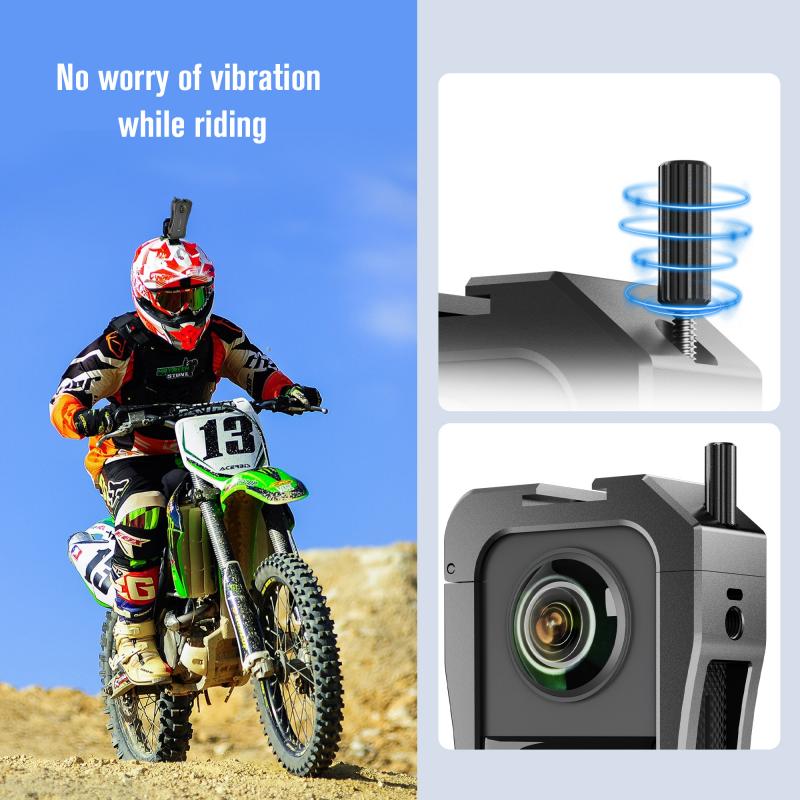
Before diving into the installation process, it's essential to understand the basics of car speakers and the tools you'll need. Car speakers come in various sizes and types, including coaxial (full-range) speakers and component speakers. Coaxial speakers are easier to install and are ideal for beginners, while component speakers offer superior sound quality but require more complex installation.
Tools and Materials Needed:

- New car speakers
- Screwdrivers (Phillips and flathead)
- Panel removal tool
- Wire strippers and crimpers
- Electrical tape or heat shrink tubing
- Speaker wire
- Mounting brackets (if necessary)
- Soldering iron and solder (optional)
Step-by-Step Installation Guide
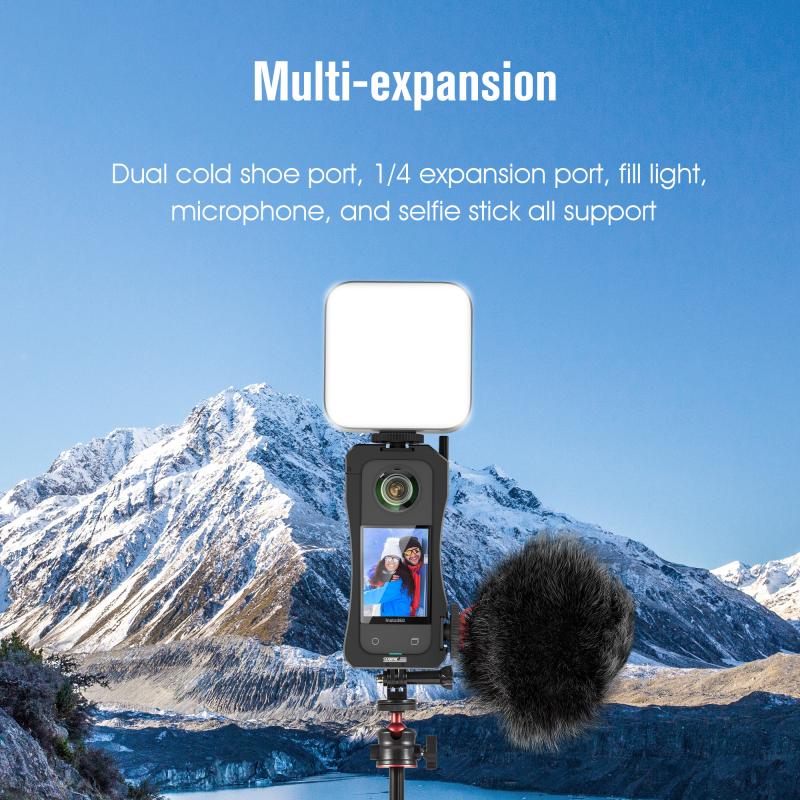
1. Preparation

User Demand: Understanding the initial steps and preparation.
Before starting the installation, ensure you have all the necessary tools and materials. Park your car in a well-lit, safe area and disconnect the negative terminal of the car battery to prevent any electrical mishaps.
2. Remove the Old Speakers
User Demand: How to safely remove existing speakers.
1. Access the Speakers: Depending on your car model, you may need to remove door panels, grilles, or other components to access the speakers. Use a panel removal tool to avoid damaging the panels.
2. Disconnect the Wiring: Carefully disconnect the wiring harness or speaker wires from the old speakers. Take note of the wiring configuration, as you'll need to connect the new speakers similarly.
3. Remove the Speakers: Unscrew the mounting screws and remove the old speakers from their housing.
3. Install the New Speakers
User Demand: Properly installing new speakers.
1. Check Fitment: Before installing the new speakers, ensure they fit properly in the existing speaker mounts. You may need mounting brackets or adapters if the new speakers are a different size.
2. Connect the Wiring: Connect the new speakers to the existing wiring harness or speaker wires. If the connectors don't match, you may need to strip the wires and use crimp connectors or solder the connections. Ensure the positive and negative terminals are correctly aligned.
3. Secure the Speakers: Place the new speakers into the mounting location and secure them with screws. Make sure they are firmly in place to avoid vibrations and rattling.
4. Test the Speakers
User Demand: Ensuring the speakers work correctly after installation.
Before reassembling the door panels or grilles, reconnect the car battery and test the new speakers. Play some music to check for sound quality and ensure all speakers are functioning correctly. If you notice any issues, double-check the wiring connections.
5. Reassemble the Panels
User Demand: Properly reassembling the car components.
Once you're satisfied with the speaker performance, reassemble the door panels, grilles, or other components you removed earlier. Ensure everything is securely in place and there are no loose parts.
Tips for a Successful Installation
User Demand: Additional tips and troubleshooting.
- Read the Manual: Always refer to the installation manual provided with your new speakers. It may contain specific instructions and tips for your speaker model.
- Use Quality Speaker Wire: Investing in high-quality speaker wire can improve sound quality and reduce signal loss.
- Avoid Short Circuits: Ensure no exposed wires are touching each other or any metal parts of the car to prevent short circuits.
- Sound Deadening Material: Consider using sound deadening material around the speaker mounts to reduce vibrations and improve sound quality.
Common Questions and Troubleshooting
User Demand: Addressing common issues and questions.
Q: My new speakers don't fit in the existing mounts. What should I do?
A: You may need to purchase mounting brackets or adapters to fit the new speakers into the existing mounts. These are often available from the speaker manufacturer or car audio retailers.
Q: The sound quality is poor after installation. What could be the problem?
A: Poor sound quality can result from several issues, including incorrect wiring, loose connections, or low-quality speaker wire. Double-check all connections and consider upgrading the speaker wire if necessary.
Q: Can I install component speakers myself?
A: While it's possible to install component speakers yourself, it requires more advanced skills and knowledge. If you're not confident in your abilities, consider seeking professional installation.
Q: Do I need an amplifier for my new speakers?
A: While not always necessary, an amplifier can significantly improve sound quality and volume. If you're looking for the best audio experience, consider adding an amplifier to your system.
Installing car speakers can be a straightforward process if you follow the proper steps and take the necessary precautions. By understanding the basics, preparing adequately, and addressing common user demands, you can enhance your car's audio system and enjoy a better listening experience. Whether you're a novice or an experienced DIYer, this guide provides the essential information you need to successfully install car speakers and troubleshoot any issues that may arise. Happy listening!



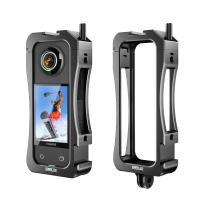
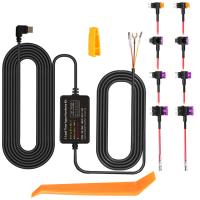
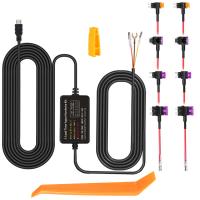
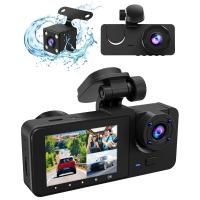
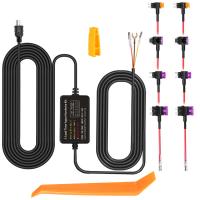


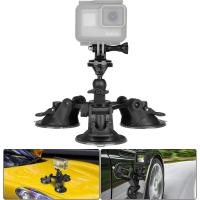
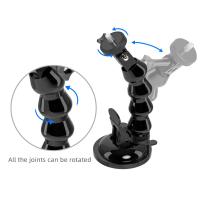
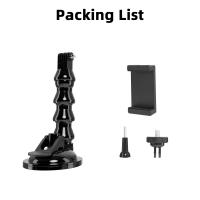
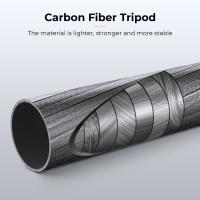
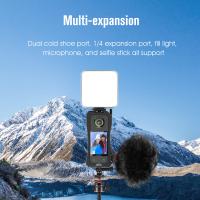





There are no comments for this blog.